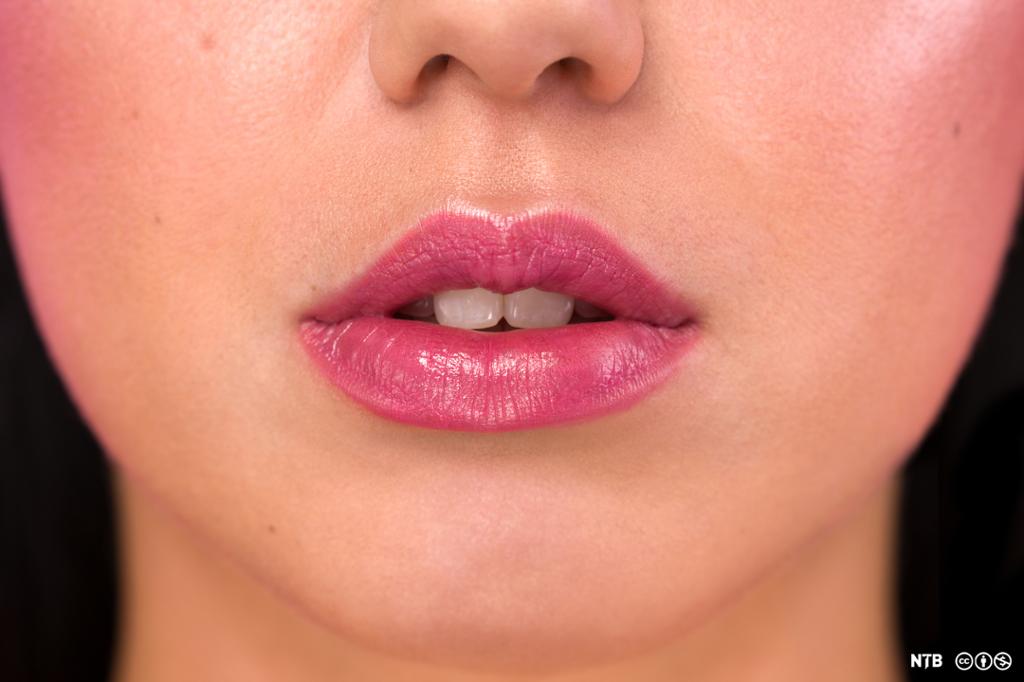Tasks: Unhappy beauties by Matt Haig

Answer the questions as fully as you can.
Do you think Matt Haig is right when he says: "Never in human history have so many products and services been available to make ourselves achieve the goal of looking more young and attractive"?
Do you think that using various filters on the images we post on social media makes us feel more beautiful?
According to Matt Haig, what are the reasons why people are unhappy about the way they look? Do you agree or disagree with this? Can you think of any other reasons why people are unhappy about the way they look?
What can we do to be happy about ourselves and our bodies?
Study the text "Unhappy Beauties" by Matt Haig and briefly comment on and explain the effects of some language features and/or literary devices used in the text. Also explain what the message of the text is. Use examples from the text in your answer.
Work with at least two partners and discuss the questions below.
Is the pressure to look good as much an issue for men as it is for women?
Is the pressure to look good primarily an issue for young people?
Do current beauty standards exclude any minority groups?
Is the fashion industry to blame for setting impossible beauty standards, or does the blame lie elsewhere?
To what extent do beauty standards depend on where you live?
Do you believe you have to be beautiful to be loved?
Is it OK to say that you think you look good, and that you love your body just the way it is?
Beauty, fitness, and fashion are popular topics for blogs. Find one such blog and study a few of the posts, then answer the questions below.
Is the blog well written?
How does the blog use pictures/videos/illustrations?
Do you like or dislike the blog? Explain your view by using examples from the blog.
Is the blog likely to influence the readers' self-esteem? If so, why and in what way?
Present the blog you have studied and your answers to the questions in a group.
Blogs come and go. An easy way to find what is hot right now is by googling 'what is the best fashion blog', 'what is the best fitness blog', or 'what is the best beauty blog'.
Do you know your fashion vocabulary? Work with a partner and take turns explaining the terms below. If there is vocabulary you don't know: look it up.
androgynous style
accessorising
apparel
attire
bespoke
care label
casual wear
colour coordination
décolletage
double denim
fashion faux pas
fashion icon
fashionista
hosiery
loungewear
off the rack
streetwear
stylist
sartorial
separates
sweats
up cycled clothing
vintage
We are bombarded with images of beauty and success all the time through entertainment and advertising. It is easy to get caught up in the pressure to look a certain way. One way to build a robust self-image is to have interests and hobbies that take our attention away from worrying about these things.
Pick a hobby that you think you can get excited about and try it for two weeks.
If anyone in class has a hobby they can teach others, they should be allowed time in class to teach.
When you have tried the hobby for two weeks, write a report where you answer the following questions:
What is the hobby?
Is the hobby a good way to make new friends?
What do you do when you have this hobby?
Did you enjoy the hobby? Explain why / why not.
Did the hobby engage you so much that it took your mind off other things? (Did you experience flow?)
Will you keep the hobby?
Relatert innhold
Excerpt from the book 𝘕𝘰𝘵𝘦𝘴 𝘰𝘯 𝘢 𝘕𝘦𝘳𝘷𝘰𝘶𝘴 𝘗𝘭𝘢𝘯𝘦𝘵by Matt Haig